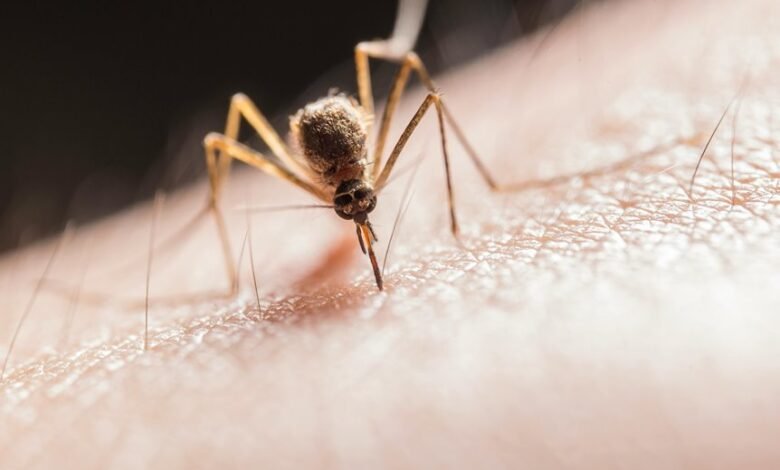Can Laturedrianeuro Spread

Laturedrianeuro exhibits complex transmission mechanisms influenced by various environmental factors. Its spread is facilitated by interactions within neural pathways, which can shift due to climate and habitat changes. Urbanization and deforestation intensify these dynamics, potentially heightening the risk of exposure. Understanding these connections is essential for informing public health strategies. What specific environmental changes contribute most significantly to its transmission, and how can targeted interventions mitigate these risks?
Overview of Laturedrianeuro
Laturedrianeuro, a novel concept in neurobiology, encompasses the mechanisms by which certain neural pathways exhibit rapid adaptability and resilience in response to environmental stimuli.
Key laturedrianeuro characteristics include enhanced synaptic plasticity and neurogenesis.
Common laturedrianeuro symptoms may manifest as improved cognitive function and emotional regulation, demonstrating the brain’s capacity to reorganize and optimize itself in the face of diverse challenges and experiences.
Transmission Mechanisms
How do transmission mechanisms facilitate the remarkable adaptability observed in neural pathways?
These mechanisms underscore the complexity of viral pathways, emphasizing how host interactions influence the propagation of Laturedrianeuro.
By examining these interactions, researchers can elucidate the dynamic exchanges that enhance viral adaptability.
Understanding these transmission mechanisms is critical for developing preventative strategies against the spread of this neurotropic agent.
Environmental Influences on Spread
The interplay between environmental factors and the spread of Laturedrianeuro highlights the significance of ecological context in viral propagation.
Climate factors, such as temperature and humidity, directly influence the viability of the virus and its vectors.
Additionally, habitat changes—resulting from urbanization or deforestation—can alter transmission dynamics, potentially increasing exposure risk and facilitating the spread of Laturedrianeuro across diverse ecosystems.
Implications for Public Health
Given the intricate relationship between Laturedrianeuro and environmental dynamics, understanding its implications for public health becomes essential.
Enhanced public awareness is crucial in mitigating potential outbreaks. Effective vaccination strategies must be developed to protect vulnerable populations.
Conclusion
In conclusion, the spread of Laturedrianeuro operates through intricate transmission mechanisms, heavily influenced by environmental factors. Like a river that carves its path through varying terrain, the virus adapts to changes in climate and habitat, reshaping its transmission dynamics. Understanding these interactions is vital for public health, enabling the development of targeted strategies to mitigate outbreaks and protect at-risk populations. Continued research into these environmental influences will be essential in anticipating and controlling future spread.




